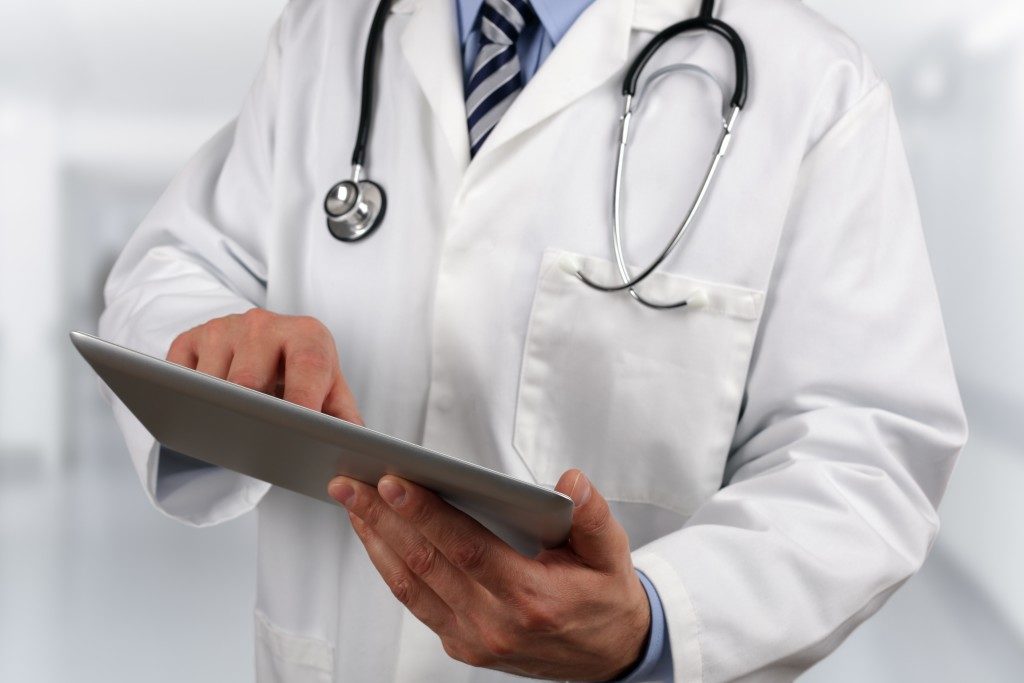Care management encompasses activities designed to improve the care of patients and reduce their need for medical services. This is achieved by helping them, and health care workers efficiently manage various medical conditions. However, healthcare organizations in risk-based contracts and those in fee-for-service environments are barely meeting their set targets for care management. This is primarily attributed to the use of outdated and home-grown IT tools that are hardly able to keep up with their needs.
Your best decision to meet your organization’s care management objectives is the hiring of a managed IT services for healthcare provider. This company comes equipped with the latest IT technologies guaranteed to manage your patients and also handles the system’s routine maintenance and necessary repairs. The following are a few of the latest IT tools you can get, which will make a big difference in your care management:
Electronic Health Records
Most organizations have their clients’ medical files in digital records, but they are using outdated systems. The current electronic health records (EHR) tool will not just digitize your clients’ medical records but also allow real-time updating by authorized health professionals. This allows a healthcare provider to access the latest diagnoses and test results of a patient on any authorized web-enabled device. Organizations that have adopted EHR systems have reported reduced operating costs and increased efficiency in their overall operations.
Interactive Personal Health Records
This tool is designed to allow patients to manage various elements of their health care. Interactive personal health records (PHR) will feature all the patient information in EHR systems, which can be viewed on a web-enabled device by the patient anywhere. However, the data in a PHR system is primarily designed for patient use and allows a patient to add information which can be viewed by their physician. PHR systems have increased client engagement and optimal control, especially for those with chronic conditions. They also allow access to a patient’s clinical information by another healthcare provider in an emergency. There are various security solutions in place to minimize the risk of confidential information getting into the wrong hands.
Telehealth Tools
 These are technologies for the delivery of medical information from a distance. Video conferencing, for instance, allows real-time interaction with a patient via video and audio links. It has changed the face of home-based healthcare services. Telehealth tools will also enable primary physicians in different locations to consult with leading specialists via audio and video links for the treatment of rare conditions.
These are technologies for the delivery of medical information from a distance. Video conferencing, for instance, allows real-time interaction with a patient via video and audio links. It has changed the face of home-based healthcare services. Telehealth tools will also enable primary physicians in different locations to consult with leading specialists via audio and video links for the treatment of rare conditions.
Computerized Physician Order Entry
There have been times when lab or radiology departments conduct the wrong tests or pharmacies dispense the wrong medication since they cannot understand a physician’s orders. A computerized physician order entry (CPOE) system allows a physician to enter their orders into a networked system shared with other departments. This not only minimizes the errors related to a physician’s handwriting and transcription, but it also simplifies an organization’s inventory process.
Health care is now focused on getting the best outcomes for patients. The IT tools mentioned above are designed to ensure that the clients in your establishment access the best medical care. They might be the only tool missing to actualize your pre-determined care management objectives.







